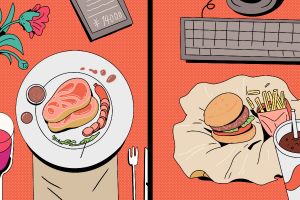
The hard work of the eyes, no one knows better than the mobile phone
In order to protect your eyes, I believe everyone has tried these suggestions:
also heard some tips, especially the magical supplement method:
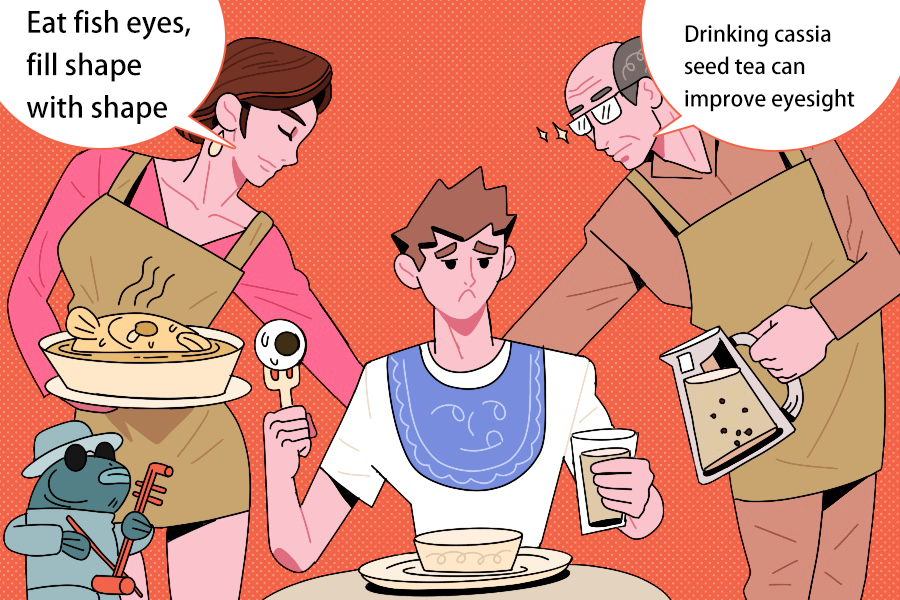
Sadly, it’s really useless to eat these. But did not expect it! The really good ingredient for the eyes – lutein, it exists in the most common food, but it is very easy to ignore…
Lutein in obscurity
But it can be called “eye guard”
What does lutein do to the eyes? This starts with the bad guy that damages the retina – harmful blue light.
High-energy blue light with a wavelength of 430-450 nm is prone to generate a large number of oxygen free radicals when passing through the retina, causing oxidative damage to the retina, thereby damaging the retina.
In fact, harmful blue light can be found in natural outdoor light sources, fluorescent lamps at night, and indoor lighting.
What should we do then?
In fact, the little guard against harmful blue light is in our eyes, it is lutein. Lutein, an oxygenated carotenoid, is the main pigment of the retina and is concentrated in the macular area, where the photoreceptor cells are most numerous and dense.

When harmful blue light enters the eye and passes through the lutein accumulation area, the lutein begins to play its two roles –
➊ It can act as a “filter” in front of the retina, absorbing some harmful blue light;
➋ It reduces oxygen free radicals, reduces the oxidative damage of blue light to our retina, and protects the macular area.
In addition, I have to introduce another “good comrade” of lutein: zeaxanthin, which also exists in the retina, and cooperates with lutein to jointly resist the threat.
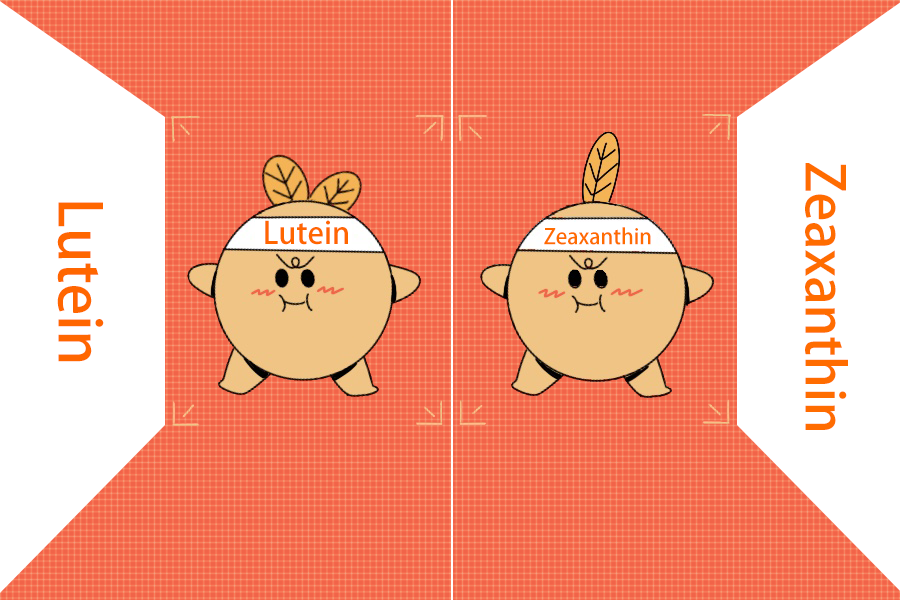
If the eye has sufficient lutein and zeaxanthin, it can minimize the oxidative damage caused by harmful blue light.
However, the human body cannot synthesize lutein
can only be obtained through diet
Lutein is the first step in eye protection, but lutein in the human body is consumed every day, and the human body cannot synthesize it by itself, so it needs to be ingested by daily diet.
The specific recommended value (SPL) for adult lutein intake is 10 mg/day to ensure adequate reserves in the body.
In fact, many common dark green, orange-yellow fruits and vegetables are rich in lutein (more in dark green vegetables).
You can refer to this incomplete “family portrait” of dark fruits and vegetables –
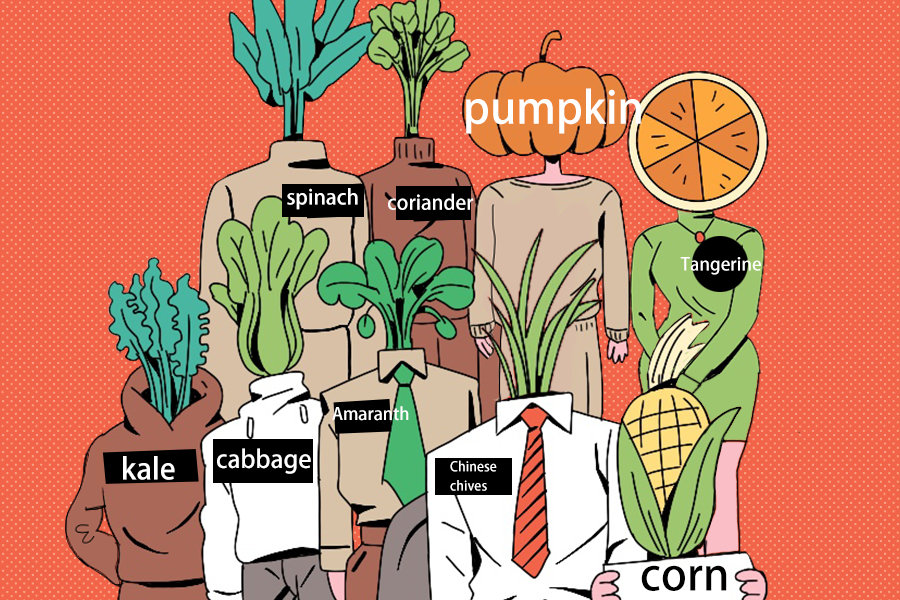
So now, please quickly recall your own recipes. You don’t eat many dark fruits and vegetables every day, right? ! You may have lost it all.
Dark fruits and vegetables supplemented with lutein
You may not be eating enough
In life, many people have the habit of being picky eaters and not fond of vegetables. Especially for busy migrant workers, staple food and meat are often the main food in takeout.
Although it can be complete in color and flavor, the proportion of dark fruits and vegetables is usually very low, which makes it difficult to consume enough lutein.
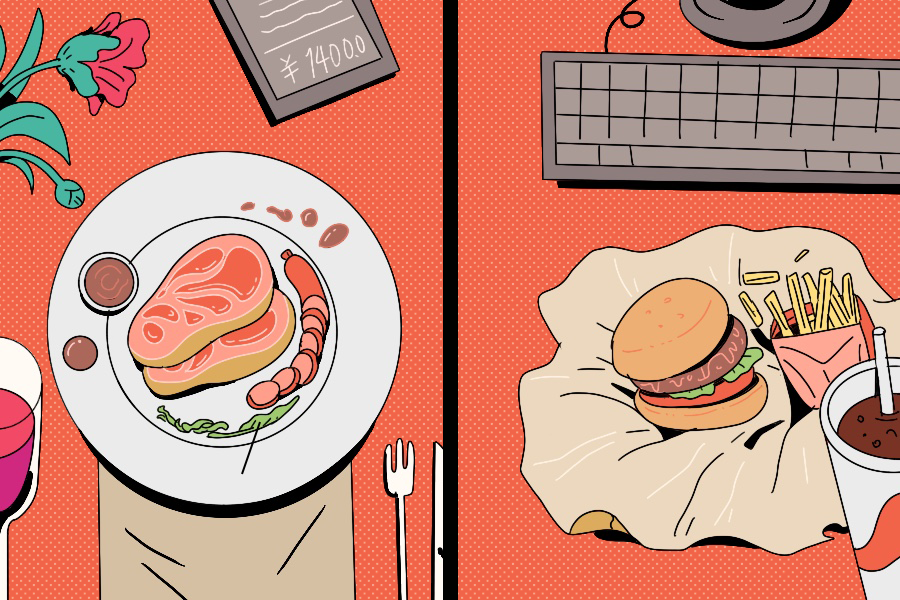
In fact, to put it simply, if you can strictly follow the recommendations of the dietary guidelines and consume about 1 catty of vegetables and half a catty of fruits (dark varieties preferably account for more than half) a day, you can basically meet the body’s needs for lutein .
It should be reminded that although food naturally contains lutein, lutein is not stable after heating. Steaming, frying, and microwave heating will reduce the content of lutein in food, and there will be a certain loss in cooking. So, it’s really not how much you can make up for as much as you eat.
If you are worried about not eating enough, or you really can’t get rid of your picky eating problem, you can’t guarantee regular and nutritious meals three times a day, you can also choose some lutein supplements to help you make up for it~
Comments